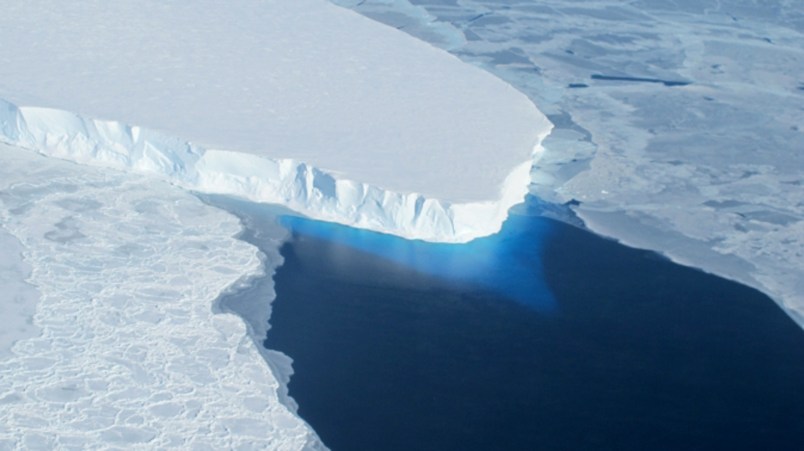WASHINGTON (AP) — The growth of Arctic sea ice this winter peaked at the lowest maximum level on record, thanks to extraordinarily warm temperatures, federal scientists said Monday.
The National Snow and Ice Data Center says ice covered a maximum of 5.607 million square miles of the ArcticOcean in 2016. That’s 5,000 square miles less than the old record set in 2015 — a difference slightly smaller than the state of Connecticut.
It’s also some 431,000 miles less than the 30-year average. That difference is the size of Texas and California combined.
Records go back to 1979 when satellites started measuring sea ice, which forms when Arctic Ocean water freezes.
This year’s ice didn’t break the record by much, but it’s “an exclamation point” on a longer-term trend, said NASA scientist Walt Meier, who helped calculate the data.
The sub-par showing doesn’t necessarily mean that the minimum extent this summer will also break a record, scientists said. The summer minimum is more important for affecting Earth’s climate and weather.
Data center scientist Julienne Stroeve says winter temperatures over the North Pole were 16 degrees warmer than normal, while other parts of the Arctic ran 4 to 11 degrees warmer than normal.
Data center chief Mark Serreze said in a press release, “I have never seen such a warm, crazy winter in the Arctic.”
It was so warm that the Barents Sea was “pretty much close to ice -free for almost the whole winter, which is very unusual,” Meier said.
Stroeve said early indications show that the sea ice is thinner than last year.
A leading but still controversial theory says loss of sea ice in the Arctic may change the jet stream and bring more extreme weather to the United States, Stroeve said.
The new report reveals “just the latest disturbing data point in a disturbing trend wherein climate changes are happening even faster than we had forecast,” Pennsylvania State University climate scientist Michael Mann said.
___
National Snow and Ice Data Center: http://nsidc.org/news/newsroom/arctic-sets-yet-another-record-low-maximum-extent
___
Follow Seth Borenstein at http://twitter.com/borenbears and his work can be found at http://bigstory.ap.org/content/seth-borenstein
Copyright 2016 The Associated Press. All rights reserved. This material may not be published, broadcast, rewritten or redistributed.







This one is simple. Ice melts faster in warmer temperatures, no much to deny.
It snowed somewhere in a red state this past winter, so it can’t be true!
“So?” say Creationists.
Big deal. You need more ice? My refrigerator makes ice. Get more refrigerators.
–GOP Congress
If humans are to blame, then how come the Mars rover found evidence of ice melt on Mars?
–the big-brained science wonk of the GOP Congress
The key takeaway here is the last sentence. “Things are going to hell faster than we thought it would.”